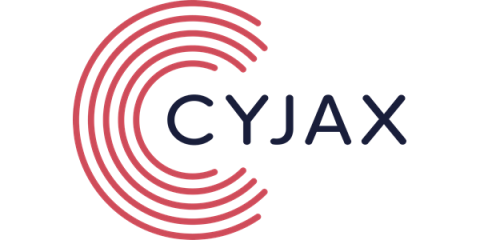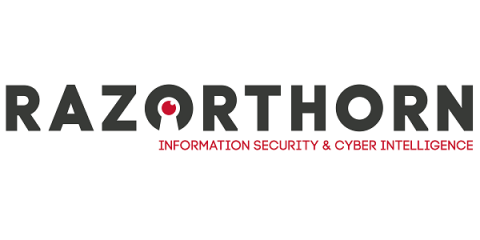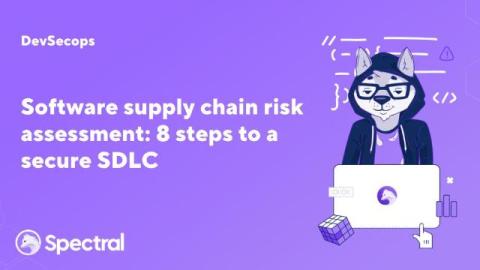Durov arrest and the CYJAX monitoring capability
In today’s increasingly digital world, cybercrime and online criminal activities pose significant threats to individuals, businesses, and governments alike. One of the most effective strategies in combating these threats is the comprehensive monitoring of criminal forums and platforms.











